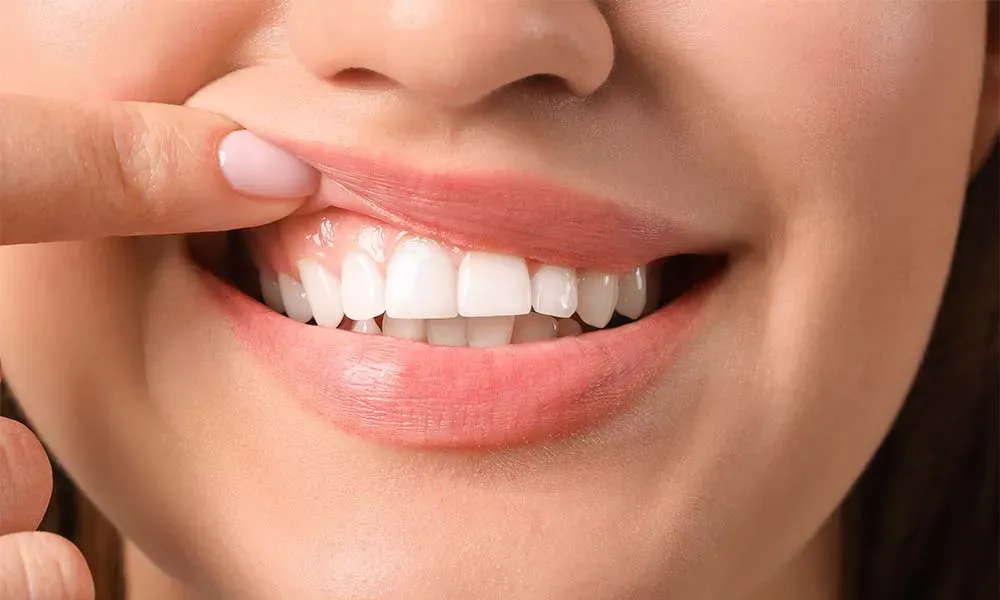Have you heard about the term “periodontal pockets”? You may or may not have heard it mentioned by a dentist in Annapolis during your dental appointments. “Periodontal” refers to the structures supporting the teeth, and it is frequently used when referring to the gums. Periodontal pockets are equivalent to gum pockets. In this blog article, we will talk about how those pockets occur and why it is important to keep track of them.
If you need dental implants, Annapolis dental implants might be the best solution for the problem you are facing.

What you should know about 8mm periodontal pockets?
It has been a while since your last cleaning. Finally, you get an appointment and fill out the forms. While you are waiting for your dentist to come back to the room, they suddenly start lightly poking around your teeth. Every dozen or so jabs, they appear to return to the computer and enter in a bunch of information or even call out an arbitrary string of numbers. When it is finished, your hygienist puts the tool away and says, “FOR SHAME! Your gum pockets clearly show that you rarely floss twice a week but floss twice a year. If you keep this up, you will eventually be able to say goodbye to your teeth in the next five years.”
Okay, your dentist probably did not say that to you. But that is how it felt like.
Periodontal pockets form when there is a gap or space between the gum line and the teeth. Usually, gums lack these pockets and instead keep teeth tightly in place.
These pockets should be checked since germs can quickly become trapped and cause a disease. Periodontal pockets are a common indication of gum disease that, if not treated, can lead to tooth loss.
Perio chart- why is it done?
Your periodontal chart represents one of the most essential factors in determining how healthy your mouth is. It is a chart that demonstrates how far below the gum line tissue connects to your teeth.
It is done with a thin probe inscribed with millimeter measuring marks. Your dentist will gently put the probe into your tooth and gum to see where the gum tissue connects to your tooth. That number is then noted in your period chart.
Because your teeth are round, your dentist will use a period probe to measure the pocket depths at six locations around each tooth. Most individuals have 28 to 32 teeth (based on whether they have wisdom teeth), which means your dentist is measuring over 150 places in your mouth.
Gingival pocket depths
Even though periodontal pockets are not the only way for your dentist to diagnose periodontal disease, they are helpful in assessing the severity of gum disease. Periodontal pockets vary in size from 1 to 12 mm. The deeper (larger) the pockets, the more progressed the periodontal disease. Below is a broad explanation of what the depths of your periodontal pockets mean:
- 1-3mm: You have healthy gums
- 4-5mm: You are into early gum disease
- 6-7mm: You have moderate gum disease
- 8+ mm: You have progressed into advanced gum disease
Periodontal pockets vary in size from 1 to 12 mm. The deeper (larger) the pockets, the more progressed the periodontal disease. Below is a broad explanation of what the depths of your periodontal pockets mean:
Reasons why you should avoid deep periodontal pockets
The broader the pocket, the easier bacteria might get caught between your gums. These bacteria may grow and create infections that permanently destroy your gum tissue and enamel.
Your toothbrush and floss cannot reach more than 3 mm below the gum line. Even if you try to press your floss beneath your gums (caution: vigorous flossing might cause gum recession), you will not be able to get deep enough to get rid of the gunk.



